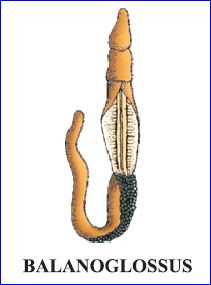
This is NCERT Based
Biology Online test of chapter
= 5 (Fundamental Unit Of Life)
for practicing of
CBSE Examination of 9th
Class.
Biology Online test of chapter
= 5 (Fundamental Unit Of Life)
for practicing of
CBSE Examination of 9th
Class.
Chapter ( 5 ) - THE FUNDAMENTAL UNIT OF LIFE
TIME : 1 Hour
MARKS : 30
Q.1 Why is the cell called the structural and functional unit of life? 2
Q.2 why is the plasma membrane called a
selectively permeable membrane? 2
Q.3 if the organization of a cell is
destroyed due to some physical or chemical influence, what will happen?
2
Q.4 why are lissome known as suicide
bags? 2
Q.5 How is a prokaryotic cell different from
a eukaryotic cell? 3
Q.6 which organelle is known as the
powerhouse of the cell? Why? 3
Q.7 how does an Amoeba obtain its food? Draw Diagram. 3
Q.8 what is osmosis? What are its types? Explain. 3
Q.9 what would happen if the plasma membrane
ruptures or breaks down? 2
Q.10 Write
differences between Plasma Membrane and Cell Wall. 2
Q.11 Name the two Nucleic Acids present in the
cell. What are their functions? 3
Q.12 Draw Diagram of a Plant Cell and Label it. 3






































